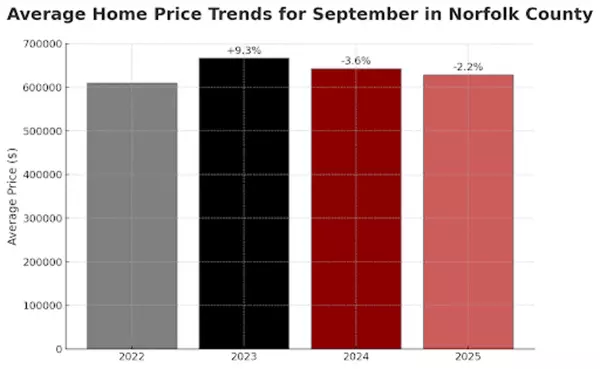How to Avoid Buying a Money Pit: 6 Red Flags That Could Mean Costly Repairs
Buying a home is one of the biggest investments you'll ever make—so the last thing you want is to discover major repair issues after moving in. While some problems are easy to notice, the most expensive and serious issues are often hidden and only become obvious with a closer look.
Before you commit to a property, keep an eye out for these six warning signs that could indicate costly trouble down the road:
1. Roof Trouble: What Lies Beneath
The roof is your home’s first line of defense against the elements, and even minor leaks can lead to major damage if left unchecked. Unfortunately, roof problems aren’t always visible from the outside. When touring a home, try to get a look at the attic or ceiling space—stains, discoloration, or damp spots could mean there’s a leak waiting to cause problems.
Tip: Check for sagging areas or missing shingles outside, and water marks or mold inside.
2. Plumbing Problems: In and Out
A home’s plumbing involves two crucial systems: one that brings in clean water, and one that removes wastewater. Both must be working properly to avoid costly and unsanitary issues.
Run all faucets, flush toilets, and check for water pressure and drainage speed. Any strange sounds, leaks, or slow drains can signal deeper problems in the pipes or sewer line.
3. Outdated or Unsafe Electrical Systems
Your electrical system should be able to safely support modern appliances, lighting, and even power tools. Outdated wiring or overloaded panels not only limit functionality but can also be a serious fire hazard.
Check the breaker panel for signs of age or corrosion, and if possible, test outlets and switches to ensure they’re grounded and functional.
Warning signs to watch for:
-
Flickering lights
-
Warm outlets or switch plates
-
Frequent breaker trips
4. Heating & Cooling Systems
Efficient and reliable heating and cooling systems are essential, especially in Canadian climates. A malfunctioning HVAC system can cost thousands to repair or replace, so it’s important to evaluate the system’s condition and age.
Turn on the heating and air conditioning during your showing (with permission). Listen for strange noises and ask when the system was last serviced or replaced.
5. Peeling Paint or Signs of Rot
Paint isn’t just about aesthetics—it often hides what’s going on beneath the surface. Peeling paint, especially on wood surfaces, could mean there’s underlying moisture or rot.
Use your eyes and a tool like a screwdriver to gently test areas where the paint is flaking. If the material underneath feels soft or crumbles easily, that’s a red flag.
6. Structural Concerns: Cracks, Doors, and Floors
Some of the most expensive issues stem from problems with a home’s foundation. Cracks in walls, doors that stick or won’t close, and uneven or sloping floors can all point to shifting or settling foundations.
While not every crack is catastrophic, it’s worth bringing in a professional to assess any concerns. A poor foundation doesn’t always mean you should walk away—but it can give you leverage to renegotiate or request repairs before closing.
Final Thoughts
When it comes to home buying, what you don’t see can hurt you. These warning signs may not always be deal-breakers, but they are reasons to investigate further. A qualified home inspector is your best ally in spotting problems before they become costly mistakes.
Being informed and proactive could save you tens of thousands—and save you from buying a home that becomes a financial burden instead of a dream come true.
Recent Posts











